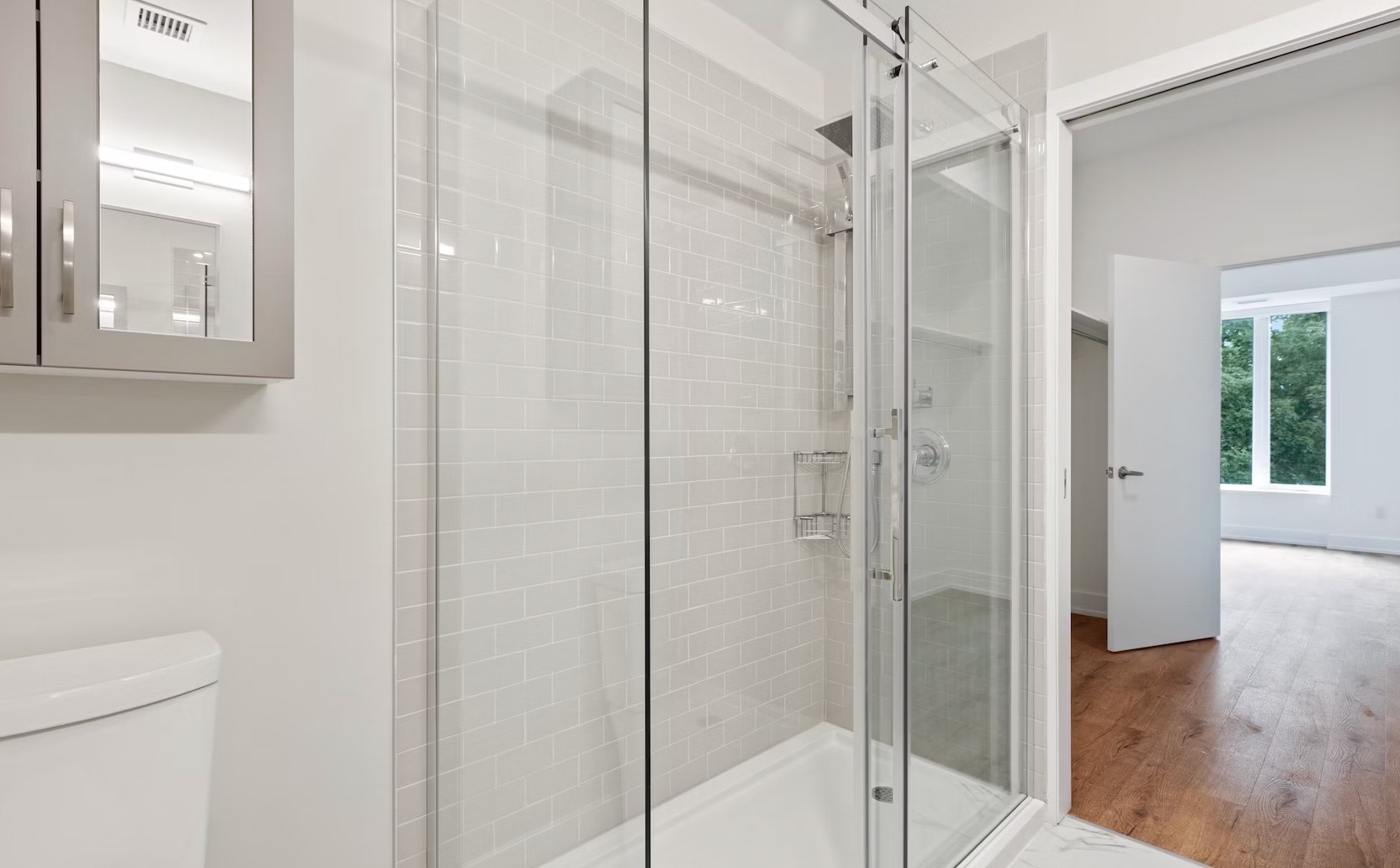
28 Apr How to Deal with Condensation Buildup from Water Damage
Condensation buildup is a common problem for homeowners, especially during the winter months. If left unaddressed, it can lead to water damage, mold growth, and other serious issues. In this blog post, we’ll discuss what causes condensation buildup and provide some tips on how to deal with it to prevent water damage in your home.
What Causes Condensation Buildup?
Condensation occurs when warm, moist air comes into contact with a cold surface. This can happen in a variety of places in your home, such as windows, walls, and pipes. When the moisture in the air comes into contact with a cold surface, it condenses into water droplets. Over time, these droplets can accumulate and cause water damage.
How to Deal with Condensation Buildup
- Reduce Humidity Levels
One way to reduce condensation buildup is to reduce the humidity levels in your home. You can do this by using a dehumidifier or by opening windows and doors to let fresh air circulate. You can also take shorter showers and make sure to use exhaust fans in the bathroom and kitchen to vent moisture outside.
- Insulate Pipes
Insulating your pipes is another effective way to prevent condensation buildup. When warm water flows through cold pipes, it can cause the pipes to sweat, leading to condensation buildup. By insulating your pipes, you can keep them warm and prevent moisture from accumulating.
- Use Weatherstripping
Weatherstripping can be used to seal gaps around doors and windows. This can help to prevent warm air from escaping and coming into contact with cold surfaces, which can cause condensation buildup. You can also use caulk to seal gaps around pipes and vents to prevent moisture from entering your home.
- Install a Vapor Barrier
A vapor barrier is a layer of material that is installed between the walls and insulation in your home. It helps to prevent moisture from getting into the walls and causing condensation buildup. If you’re building a new home or renovating an existing one, consider installing a vapor barrier to prevent water damage.
- Check Your HVAC System
Your HVAC system can also contribute to condensation buildup in your home. Make sure to check your air filters regularly and replace them if they’re dirty. You should also have your HVAC system inspected annually to make sure it’s functioning properly.
Conclusion
Condensation buildup can lead to water damage and mold growth if left unaddressed. By taking steps to reduce humidity levels, insulate pipes, use weatherstripping, install a vapor barrier, and check your HVAC system, you can prevent condensation buildup and protect your home from water damage. If you do experience water damage, it’s important to act quickly and contact a professional restoration company to help you clean up and restore your home to its pre-damage condition.
